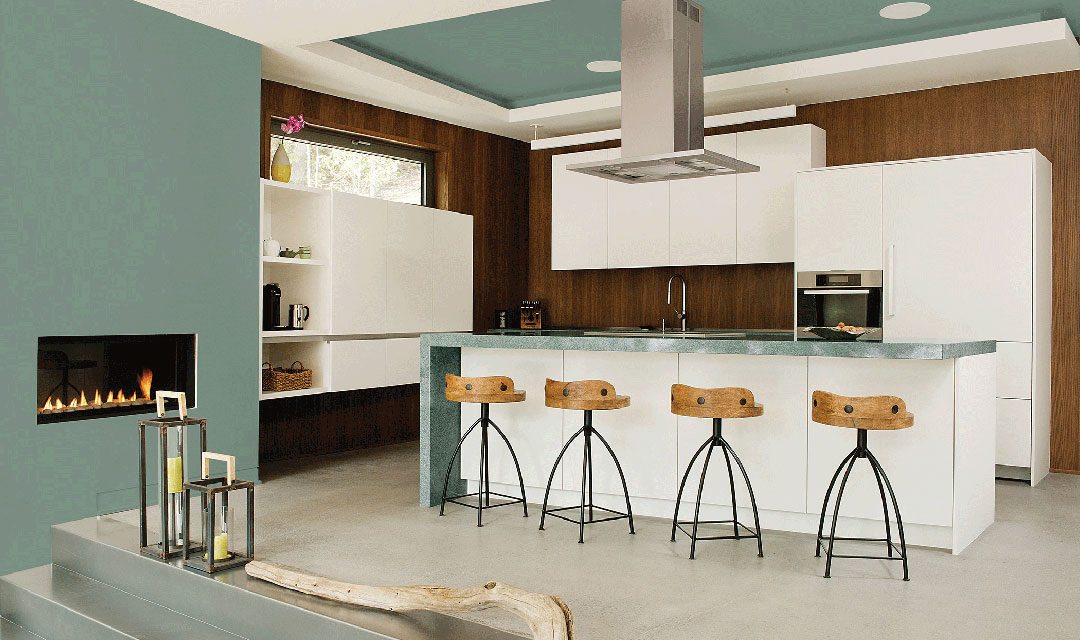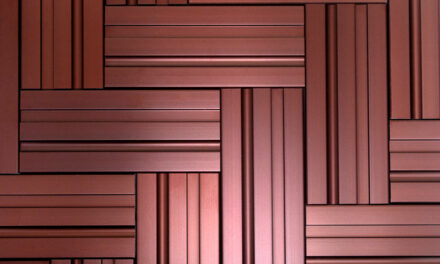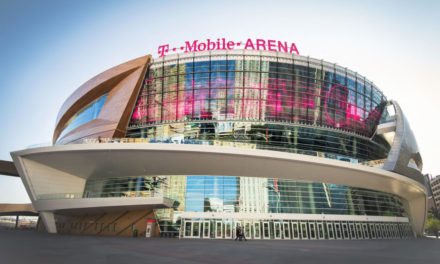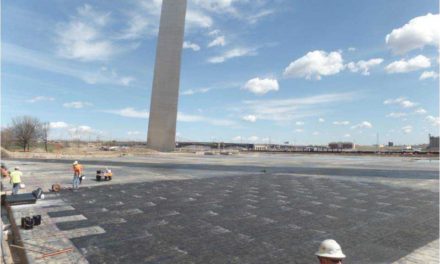It happens every year: a new trendy color begins popping up in store fronts, on social media and in home decor. As designers, it’s important to have an understanding of current and future color trends and their influences in order to create spaces that will meet the needs of your clients.
Color trends are inspired by and derived from demographic, geographic and overall societal and cultural influences. As the world continues to evolve, so do color trends, as they are in fact an outcome of timing, events and moods.
To better understand how consumers and society impact color trends, we can examine how shifts in color over the past 20 years coincide with key moments in time and major shifts in our culture.
The 1990s to Early 2000s
During the early 1990s, Americans experienced a short recession that dampened the excessive, spend-heavy mentality of the 1980s, and the country also witnessed the emergence of Generation X – a demographic considered highly disinterested and skeptical of the world they inherited from Baby Boomers. These societal changes resulted in fashion and décor trends shifting away from the ornamented look of the 1980s to a more minimalist approach in the form of “Disengaged Hues.” Beiges, such as PPG PAINTS™ color Ashen (PPG1023-3), whites, like Gypsum (PPG1006-1) and grays, like Stargazer (PPG1011-3) and Glazed Granite (PPG1011-6), became popular staples in design. Although there were other popular color trends in the ‘90s, like bright fashions embodied by the Fresh Prince of Bel Air, “Disengagement Hues” were a key trend that contributed to both fashion and interior furnishings.
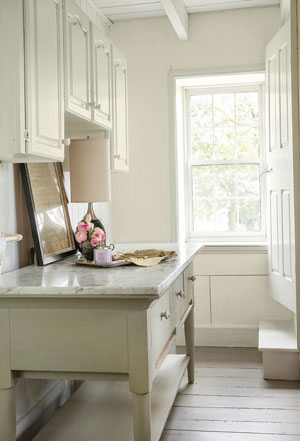
PPG Paints color Aria. Credit: PPG PAINTS™
By the late ‘90s, many Americans started turning inward. The threat of Y2K created anxiety that businesses, banks and infrastructure might fail. At the same time, the slowness movement was becoming more readily discussed in media, and yoga began to rise in popularity, which offered people an inward-seeking, more connected alternative to high consumption and booming technologies. All of these influences encouraged people to stay home, and invest in oneself and one’s home. Calming and earthy “Cocooning Hues”, such as browns, like PPG Paints color Rain Barrel (PPG1097-6), gentle yellows, like Sausalito (PPG1209-2), and minty gray-greens, like Silver Leaf (PPG1133-4), emerged.
Mid-2000s to Late 2000s
By the mid-2000s, a now evolving “cocooning” trend was influencing the rebirth of the environmental movement, which first began in the 1970s. Retailers met consumers’ demands for more environmentally friendly products by repackaging the messaging and contents of consumer and beauty products, as well as housing materials and home decorative items. Likewise, “Environmental Hues” became popular paint colors. Vibrant greens, like PPG Paints color Grassy Meadow (PPG1223-6), were the accent hues of choice as they are commonly associated with revitalization and renewal. Burlap browns and wheat hues, like PPG Paints color Spiced Vinegar (PPG1098-4), were also popular choices as they are considered earthen, natural shades that imply no bleaching or processing.
Consumers were also enjoying a booming economy and favorable housing market, but following the recession of 2008, Americans experienced an impact to their savings and jobs. Showcasing wealth became taboo as neighbors lost their homes. As we flipped from being price-conspicuous consumers to price-conscious ones, trending color palettes changed with us. “Conscious Hues,” which included mid-to-dark blues like PPG Paints color Stormy Ridge (PPG 1159-5), became popular as they represented honesty, timelessness, integrity and classic style – all things consumers sought out when making rare purchases that needed to last more indefinitely than they previously required.
With a stunted economy, Millennials trying to enter the workforce in the late 2000s had a difficult time finding employment and therefore ventured into different career paths than their parents had, including freelancing, blogging and other entrepreneurial endeavors. This new work-where-you-want, work-when-you-want marketplace brought with it a free-spirited, roaming bohemian energy, which became a leading trend in fashion and home interiors and decor. Deep, saturated “Bohemian Hues,” like PPG Paints 2015 Color of the Year Blue Paisley (PPG1238-6), inspired by gem tones and crystals became the new trending palettes.
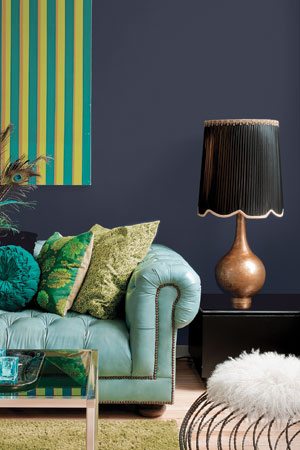
PPG Paints 2018 Color of the Year – Black Flame. Credit: PPG PAINTS™
The bounce back in the economy also brought about a resurgence of green living. As urban densities grew and continue to grow, consumers are bringing more nature and rural aspects into their spaces by using “Natural Hues,” including greens and earthy tones. The modern organic-inspired décor palette includes more subdued hues rather than the bright ones of the 00s, reflecting our post-recession focus on realism, character and modesty. This palette can be seen in recent Color of the Year choices, including PPG Paints 2014 Color of the Year Turning Oakleaf (PPG1107-3) and PPG Paints 2016 Color of the Year Paradise Found (PPG1135-5).
2015 to Now
In more recent years, consumers have been feeling the invasion of technology and social media and are turning to “Quieting Neutrals” to disconnect. Consumers are now increasing their happiness by living with less, practicing meditation and investing in moments rather than things. Designers are responding to this trend by creating spaces using “Quieting Neutrals,” such as beiges, like PPG Paints color Silent Smoke (PPG1025-2) and whites, such as PPG Paints color Aria (PPG1001-2), to elevate, calm, support or enhance the collective moods of the occupants.
Society is also in the midst of a visible and charged political landscape. Many citizens are highly engaged in the social hot topics the country is currently debating. Such consumers are finding new, stronger voices and find themselves activists for causes and ideas for which they were once passive. “Activist Hues” are a direct reflection of this political and cultural climate, including PPG Paints 2018 Color of the Year – Black Flame (PPG1043-7). This statement-making yet classic black, infused with an undertone of the deepest indigo, evokes the privacy, hope and classic modernism that many consumers crave today.
What’s Ahead
In the next five or so years, we can safely assume the world of technology will not slow down and our personal political views may become even more polarized. Consumers will turn towards activities and curate worlds that slow down their day to create the security and balance they want. To help create spaces that embody this increased sense of escapism, home design will blend our contemporary discoveries with primitive practices of our past. We envision a greater number of rugged-contemporary spaces that borrow from vernacular architectural influences of our past, in terms of their simplicity and in their use of materials. “Value Hues,” such as tranquil dark petrol blues, like PPG Paints color Silent Night (PPG1153-6), and camouflaging light browns and beiges with, like Baked Bread (PPG1100-3) will rise in popularity, as if they reflect our burrowing into the earth.
In the long-term, we anticipate rural landscapes will be revived by those seeking lifestyle-based communities. These commune-inspired neighborhood developments will blend into landscapes. Homes will embody the communal spirit in the form of “Communal Hues”, such as warm browns, such as PPG Paints color Ground Coffee (PPG1076-7), paired with muddied midtones of reds and orange hue, like Cool Clay (PPG1071-5) and Terrazo Tan (PPG1068-5).
By understanding the influences behind past color trends and how forecasts are developed, designers can create spaces that will meet the needs of future occupants. To learn more about the PPG Paints brand’s color forecasting process and the brand’s 2018 color trends, visit www.PPGVoiceofColor.com.
About the author
 Dee Schlotter
Dee Schlotter
Sr. Color Marketing Manager, PPG Architectural Coatings, United States
Dee has been at PPG for 25 years and manages the development of color platforms, systems and tools for brands such as PPG PAINTS™, OLYMPIC® Paints and GLIDDEN® Paints. She conducts dozens of national presentations to architects, designers, and consumers in the hotel, retail, new home construction and residential markets. She is a member of the PPG Global Color Styling Team that researches and forecasts colors for the architectural, automotive, aerospace, industrial and consumer products markets. Dee is a member of ASID, IIDA and NKBA.

